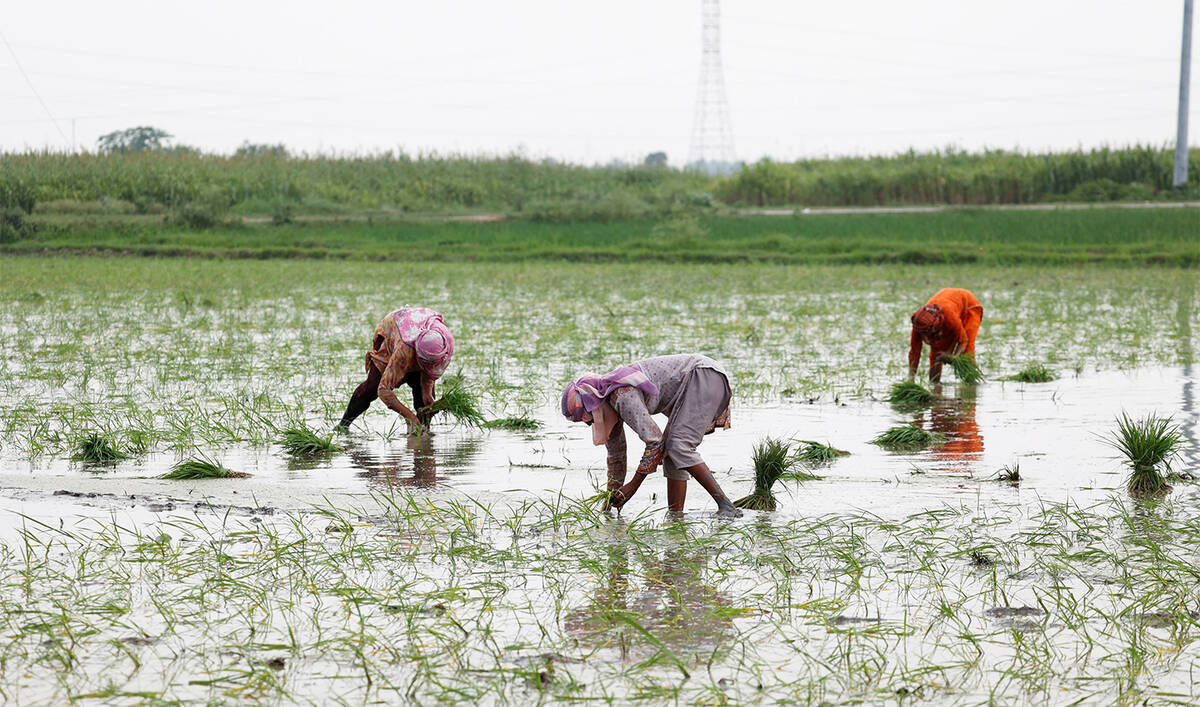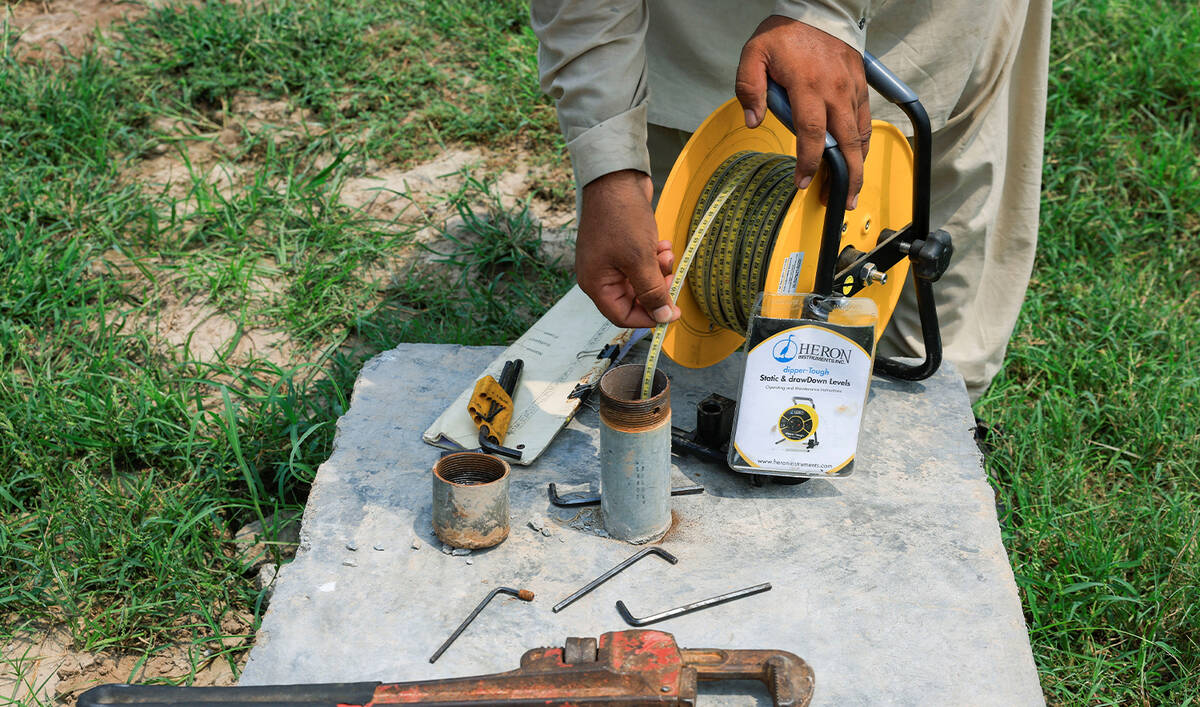Green hydrogen isŌĆ»theŌĆ»fuel for a net-zero future

https://arab.news/b68vr
The global energy transition is not just a necessity; it is an opportunity to rewrite our future, powered by clean energy. At the heart of this transformation lies green hydrogen ŌĆö the fuel of a carbon-free tomorrow.
║┌┴Ž╔ńŪ° is leading the charge with its Vision 2030 reform agenda, which aims to achieve net zero by 2060. In alignment with this vision, the NEOM Green Hydrogen Company is at the heart of this effort.
On our path to a better, more stable and sustainable future, I am honored to reflect on the past year as CEO of NEOM Green Hydrogen Company.
In 2024, I spearheaded the growth and execution of the worldŌĆÖs largest green hydrogen plant, which is set to produce up to 600 tonnes of green hydrogen daily for global export, and to be fully operational by the end of 2026.
We achieved several construction milestones, including the delivery of equipment, the installation of key technology and setting up ŌĆ£Electrolyser 1ŌĆØ to go live in 2025.
Overall, we reached 60 percent completion across all sites, including the green hydrogen production facility, wind garden, solar farm and the transmission grid.
In parallel, we have been developing an organization for operations at scale, launching a recruitment drive while partnering with regional educational institutions to inspire, train and upskill future generations to join our sector.
We are taking tangible steps toward a decarbonized world. Just imagine: By the end of 2026, green hydrogen from our plant will be powering buses, heavy-duty trucks and vital industrial processes, reducing global CO2 emissions by up to 5 million tonnes annually.
The promise of green hydrogen extends far beyond individual projects. It represents a fundamental shift in how we power our world.
Wesam Y. Alghamdi
This puts us in the driverŌĆÖs seat to move from promise to tangible delivery at a time when the world pins its hopes on green hydrogen as a sustainable fuel.
The confidence in our project is not unfounded. We are providing the blueprint for production at scale, enjoying the advantage of an equal joint venture partnership, secured investment, alignment with Vision 2030, a 30-year offtake agreement and rapid construction progress, setting us apart from other green hydrogen development projects.
This progress is not only a testament to the confidence of our investors and partners, but also shines a light on the dedication and expertise of our world-class team ŌĆö a diverse mix of Saudi nationals and international experts.
The overwhelming interest in joining our mission, evidenced by more than 9,000 registrations for our recent recruitment drive, speaks to the exciting potential of this burgeoning field.
According to the Hydrogen Council and its insights report at the end of 2024, the clean hydrogen pipeline is mature and there is a need for pace and scale, which must accelerate dramatically in order to meet global climate goals. Staying on track is absolutely critical.
The promise of green hydrogen extends far beyond individual projects. It represents a fundamental shift in how we power our world.
As renewable energy sources become increasingly efficient and accessible, green hydrogen emerges as the ideal energy carrier, storing and transporting the power of the sun and wind to fuel industries and economies.
This is not merely a technological advancement; it is integral for a truly sustainable future.
The world is on the cusp of a new era ŌĆö a green hydrogen era ŌĆö and I am proud to be at the helm of a company that is leading the way.
- Wesam Y. Alghamdi is CEO of the NEOM Green Hydrogen Company.






























